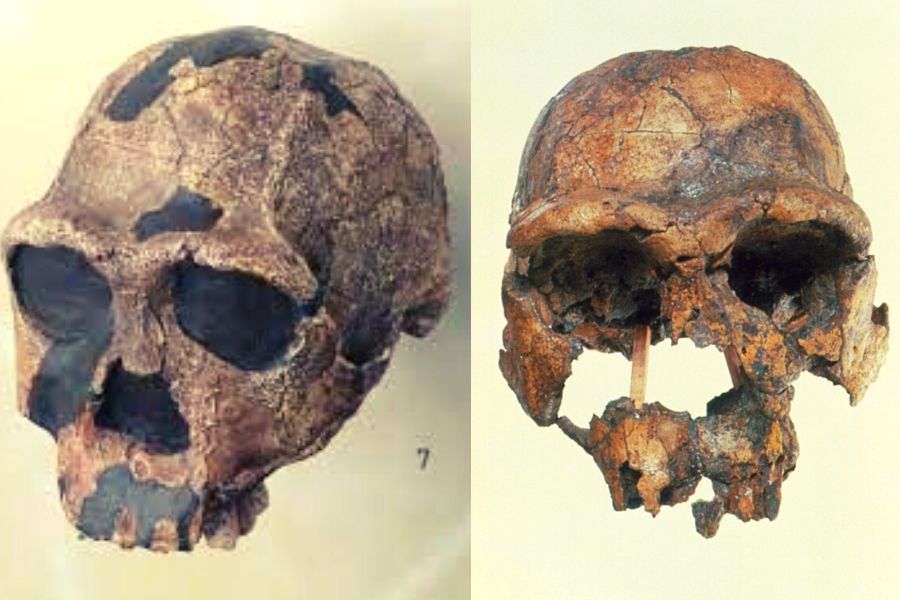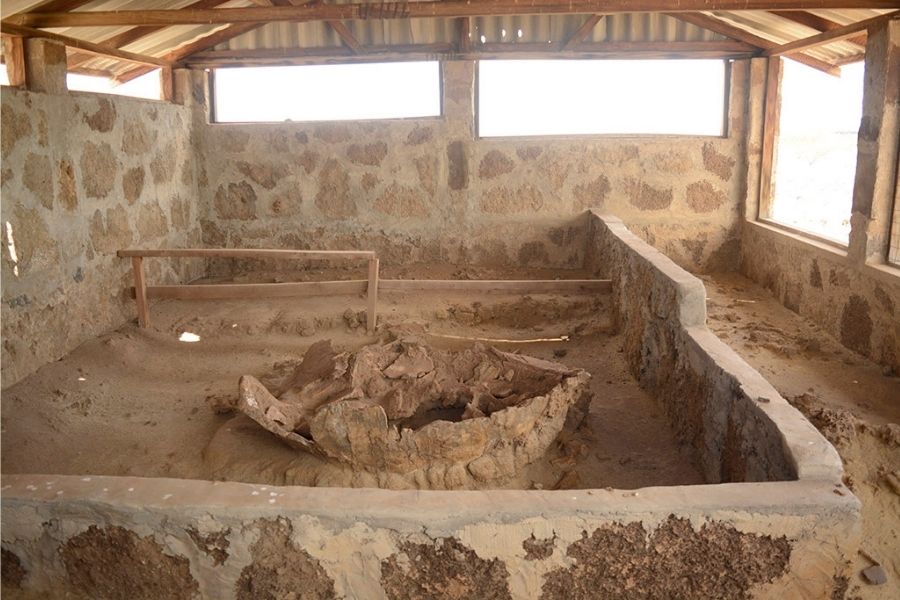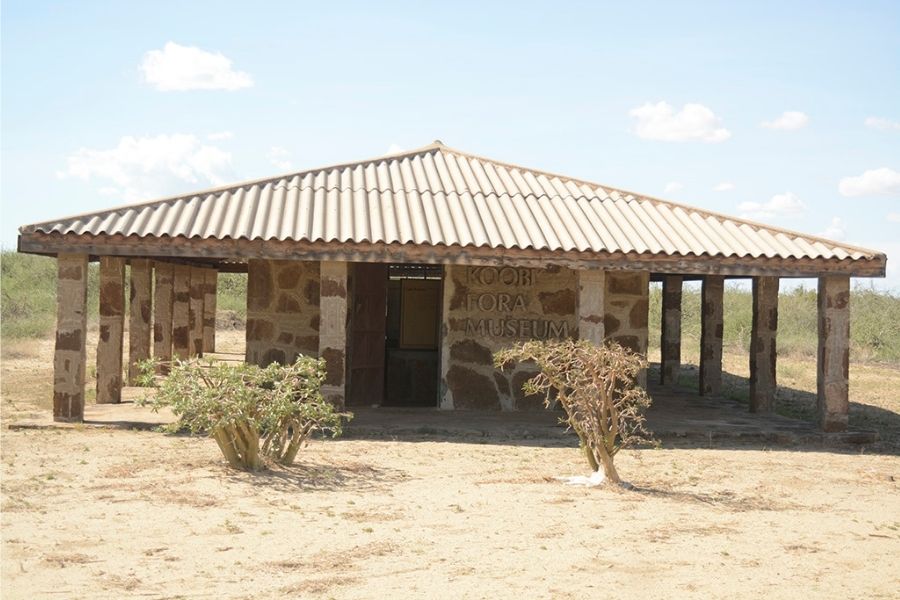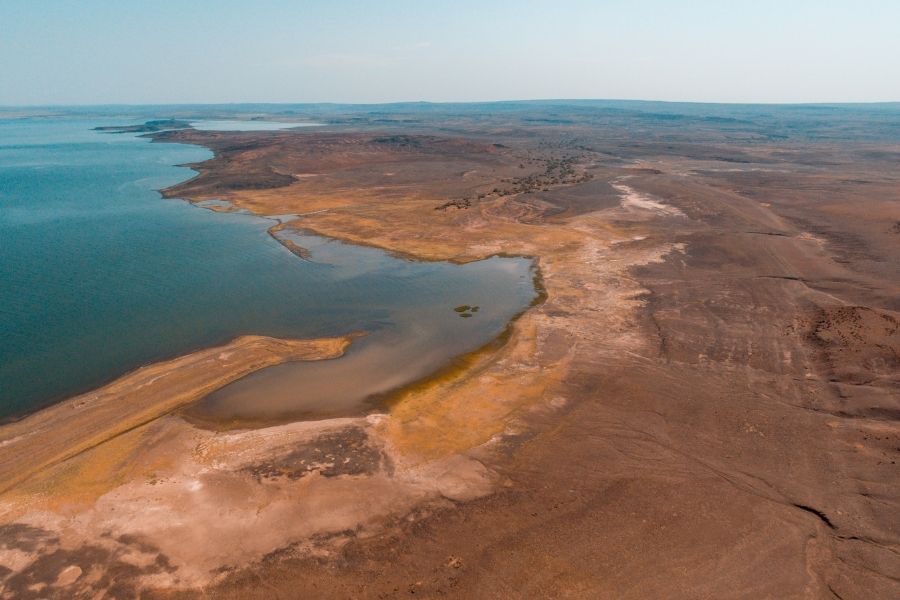'Almost certainly our first apelike ancestors emerged in Africa, and few places offer such as rich a fossil record as this region.'
In a dark, cool, bombproof chamber deep in the bowels of the National Museum of Kenya lies a series of Neatly labeled, foam-lined wooden boxes. They are encased within a robust metal cabinet and interred in an air-conditioned vault behind a 9-inch-thick metal door. What do they hold that must be guarded this well?
The answer is that this is no ordinary bank vault but the Bank of Mankind. And inside the wooden coffers are our ancestors' bones, some of which are four million years old.
Fragile and fragmented as they may be, yet they tell one of the most powerful stories ever told; five million years epic which begins in Africa with the first appearance of our apelike ancestors and ends with the emergence of the 'wise man' Homo Sapiens, around a quarter of a million years ago.
In between was enacted a five million years struggle for evolutionary supremacy, some of the remains of which lie in the vaults of the Kenya National Museums-fragments of the Australopithecines, bones from Homo habilis, and the shards of Homo Erectus.
One box contains a bone collection that entirely dwarfs the rest, though; a 'hauntingly complete' 1.5 million years old skeleton of the 'Turkana Boy' who was a member of the Homo erectus species. He was discovered on the shores of Lake Turkana in 1984 by the famous fossil hunter Dr. Richard Leaky and his eagle-eyed team of bone-hunters known as the 'Hominid gang.'



Turkana boy proved to be a mine of information and to tell a curiously poignant, if unresistingly ancient tale. It seems that this tall, long-legged, narrow-hipped boy had the brain of a one-year-old and was most probably incapable of speech. He was also only 11 years old when he died.; sprawled face down in a swamp into which he had staggered in agony – poisoned, it has been suggested by septicemia from the shedding of one of his milk teach.
Whether this tale describes the death of one of our early ancestors has now come under discussion. Indeed, he is the descendant of homo Habilis, who in turn is believed to have evolved from Australopithecine Africanus stock. And until very recently, it was thought that from this branch of the human tree, i.e., africanus to habilis to erectus, was eventually to sprout a twig that was ultimately to bud – into us, the clever if quarrelsome home sapiens.
That was until Kenya lived up to her title of the Cradle of Mankind and came yet with another confounding contender for the crown of the common ancestor. Because while digging at Lake Turkana in 1998/99, Dr. Meave Leaky found an unusual 3.5-million-year-old skull, which she named Kenyanthropus platytops (flat-faced man of Kenya).
Thus, introducing to his bewildered descendants a previously unknown creature that could, it seems, compete with the fabled 'Lucy' as the common ancestor of modern man.
So, thanks to Kenya, it seems that there are now not one but two lines to the lineage of man stretching back over 3.5 million years of evolutionary turmoil and upheavals.



